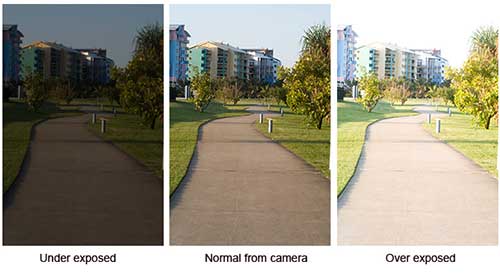Shooting videos on white background produce really good looking and modern videos. But while shooting videos with DSLR, smartphones or even with TV cameras, we often notice that the white background actually looks gray. People try to create whiteness using chroma key cloth, paint, nylon cloth, cotton cloth, distemper and what not… but no matter how much whiteness we try to create, all we get is some shade of gray! Today we will explore why we get gray background and how to get perfect white background for video recording.
Why You Get Gray Background Instead of Perfect White?
A lot of light gets reflected back from a bright white background. When your camera receives this reflected light, it automatically reduces the exposure to ensure that the subject in focus does not get washed out. Gray background is the result of this reduced exposure of your camera. You can understand it like when bright lights come in front of you, you tend to partially close your eyes to reduce the amount of light entering into your eyes. Your DSLR, smartphone or any other digital camera does exactly the same. These digital cameras come equipped with software that automatically manages exposure.
How to Get Perfectly White Background in Video Recording
Now that you know the cause of the problem, the solution should be obvious! To get rid of the gray background and flush your screen with pure white background — all you need to do is to increase exposure. But most cameras do not allow setting the exposure in auto mode. So, you would need to leave the luxury of auto mode and switch to the manual mode to setup your camera for shooting. In manual mode, you can set exposure to the level you need to make the background pure white. But in this mode, you will also need to manually manage other settings, like focus. NOTE: Manual mode is usually indicated with M on the mode dial.
A Caveat
If you try the above given tips, you will notice that when you increase exposure, even your subject in focus will also become overly exposed. The subject will appear “too bright” and you will lose details as you spike the exposure. So you need to strike a balance between the whiteness of background and details of the subject. The more is the camera exposure — the less will be the details. I hope that these tips will help you in solving your problem of the adamant gray background. Instead, now you can really get a pure white one. Thank you for using TechWelkin!
